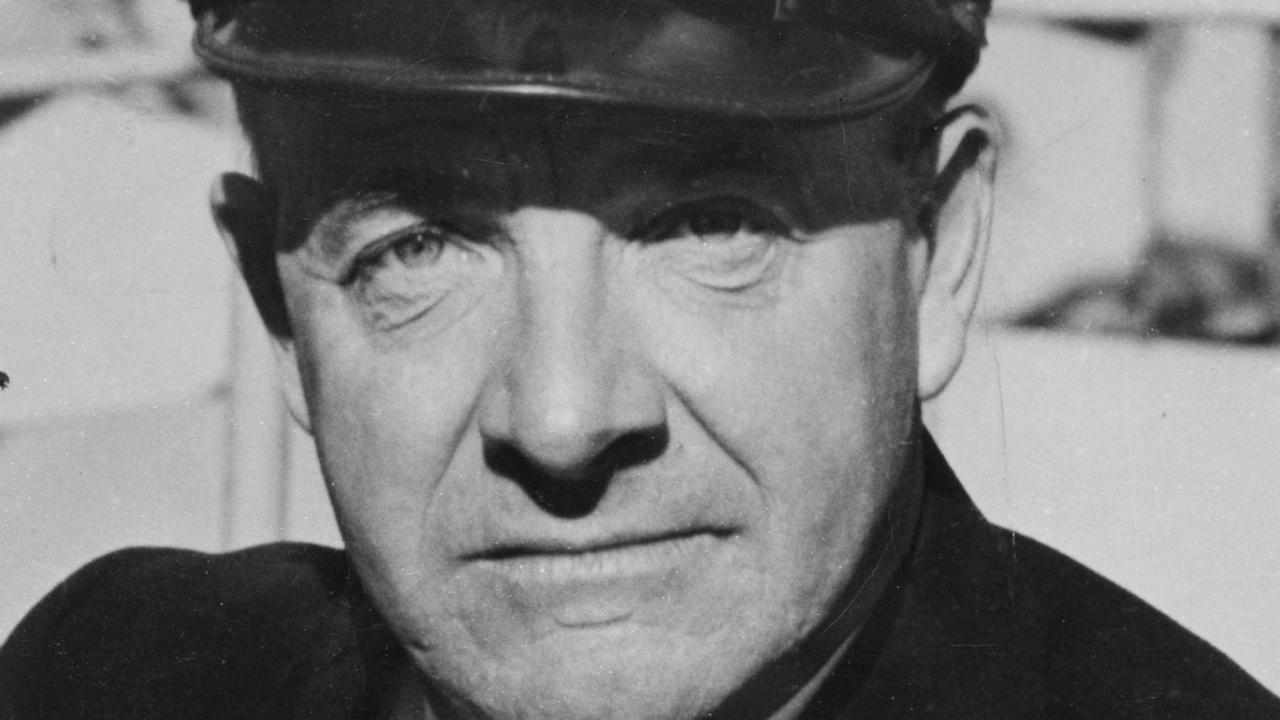Australia’s first Paralympians were true pioneers in an obscure event
AUSTRALIA’s first Paralympic team competed in Rome in 1960 and featured just one woman — Daphne Hilton.

Today in History
Don't miss out on the headlines from Today in History. Followed categories will be added to My News.
Daphne Hilton was a gold medal winner who competed against the world’s best in swimming, javelin, shot put, archery, table tennis and fencing, among other sports. An amazing woman by any standard. Yet when she died earlier this year, it didn’t make front-page headlines. That was because Hilton, born Daphne Ceeney, won her medals at the Paralympics and at the Paraplegic Commonwealth Games, an event that since its inception has often been overshadowed by the Olympics.
While millions of people will be tuning in to watch the Paralympics in Rio this week, probably far more than ever before, relatively few people saw Ceeney and her fellow Australian athletes competing at the first such Games in 1960.
They were pioneers who took part in what was then an obscure event with little thought of personal glory, but who deserve to be better remembered for their achievements.
The Rome Paralympics owe their origins partly to the huge number of men and women suffering spinal injuries as a result of World War II.
In England a special Spinal Injuries Unit was set up at the Stoke-Mandeville Hospital in England under Dr Ludwig Guttmann. The traditional treatment for spinal patients had been immobility and bed rest, but Guttmann tried moving his patients and eventually getting them to even play sports.
It improved their fitness and their general outlook on life.
The results were so encouraging that using sport to help rehabilitate paraplegics became a widespread practice. But Guttmann took it a step further.
In 1948, while London was holding the Olympics, he organised the Stoke-Mandeville Games for the Paralysed.
It proved to be so effective at motivating patients that the competition continued and in 1952 became an international event when a Dutch team travelled to England to compete. Through the ’50s Guttmann’s games grew ever bigger, attracting athletes from all around the world including Australia, who sent their first team in 1957. For the ninth international Stoke-Mandeville Games, it was decided to move the event from its English home to Rome, to coincide with the 1960 Rome Olympics. Two years in the planning, Guttmann collaborated with Dr Antonio Maglio to make it bigger and better than ever.

As the event drew closer, people began referring to it as the “Paralympics” (which would become its official title in 1984). The event, confined to paraplegics in wheelchairs, attracted 400 athletes from 23 nations.
Australia selected a team of 11 athletes, most of whom competed in several sports. Among them was Frank Ponta, who had competed at the 1957 Stoke-Mandeville Games. Born in Western Australia in 1935, Ponta became a paraplegic at 17 due to a tumour on his spine. Johno Johnston, a remedial masseur at Royal Perth Hospital encouraged him to play sport.
Ponta competed in wheelchair racing, basketball and a smaller version of archery known as dartchery, winning a silver medal in the javelin.
Another member of the team was Ross Sutton, born in Armidale in 1937, who was paralysed in a flying accident while trying to drop a love letter to a girl he was sweet on. He won Australia’s first Paralympic gold medal, in archery.

Australia’s first indigenous Paralympian, Kevin Coombs, born in Victoria in 1941, was also part of the team. His spinal injury was the result of being accidentally shot in the back while hunting rabbits when he was 12. He didn’t win any medals in Rome but would became a regular competitor and later coach and captain.
The only woman on the team was Ceeney, born in Harden-Murrumburrah in 1934, and paralysed after a horse riding accident in 1951.
At Rome she won two gold medals in the Women’s 50m breaststroke and Women’s 50m crawl, as well as silver in archery, club throwing, javelin and freestyle swimming. At the 1962 Commonwealth Paraplegic Games she won 11 gold medals.
Team member Gary Hooper, who had lost the use of his legs after contracting polio, took a silver in the javelin. Bill Mather-Brown, born in Fremantle in 1936, was also a paraplegic from polio, but was always sporty and continued to play sport even in a wheelchair.
Mather-Brown and teammate Bruno Moretti, whose spine had been dislocated at birth, took silver in the table tennis, although both competed in other sports.
The Australians did better than they expected, taking a total of 10 medals and placing seventh. Their success encouraged others to follow in their wheeltracks.
Originally published as Australia’s first Paralympians were true pioneers in an obscure event


